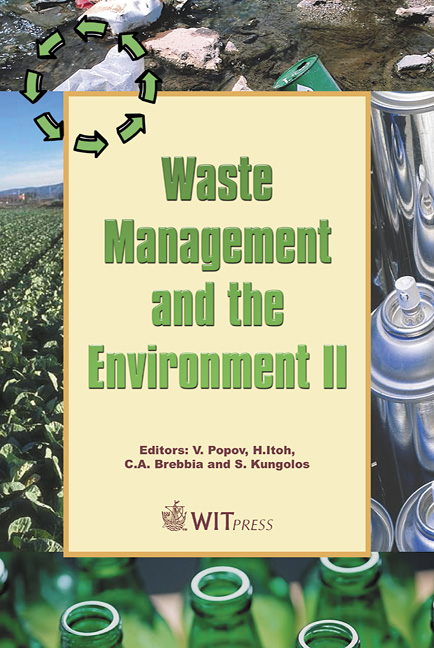Underground Hazardous Waste Disposal: A Dynamic Alternative To Current Hazardous Waste Management
Price
Free (open access)
Transaction
Volume
78
Pages
10
Published
2004
Size
284 kb
Paper DOI
10.2495/WM040161
Copyright
WIT Press
Author(s)
A. Mavropoulos, M. Menegaki & D. Kaliampakos
Abstract
Current hazardous waste management in Europe is characterized by great differences from country to country. In the majority of EU and other European countries landfill or incineration are the main options, although in several Western European countries recovery of hazardous waste is also important. European Directive 99/31 rises up the environmental standards for landfills and pushes hard for a big increase of the already high landfill tipping fees. Practically, this Directive acts as a market driver prohibiting new hazardous waste landfills. Taking into account that European Council Decision 2003/33 provides a concrete framework for the safe use of underground space, it seems that underground disposal in abandoned mines is a cheap and viable solution for hazardous waste. The investigation on a suitable technology for that purpose was the main objective of the research project \“Low Risk Disposal Technology”. The paper presents the basic principles of the technology proposed and compares the latter with the surface landfilling. Keywords: hazardous waste management, underground storage and disposal. 1 Introduction The use of abandoned mines for hazardous waste disposal has already been tested in several cases as an alternative to typical landfills. Utilization of underground mines is believed to be an achievable, low-risk and relatively cheap solution for the disposal of hazardous waste. Underground mines, depending on
Keywords
hazardous waste management, underground storage and disposal.





